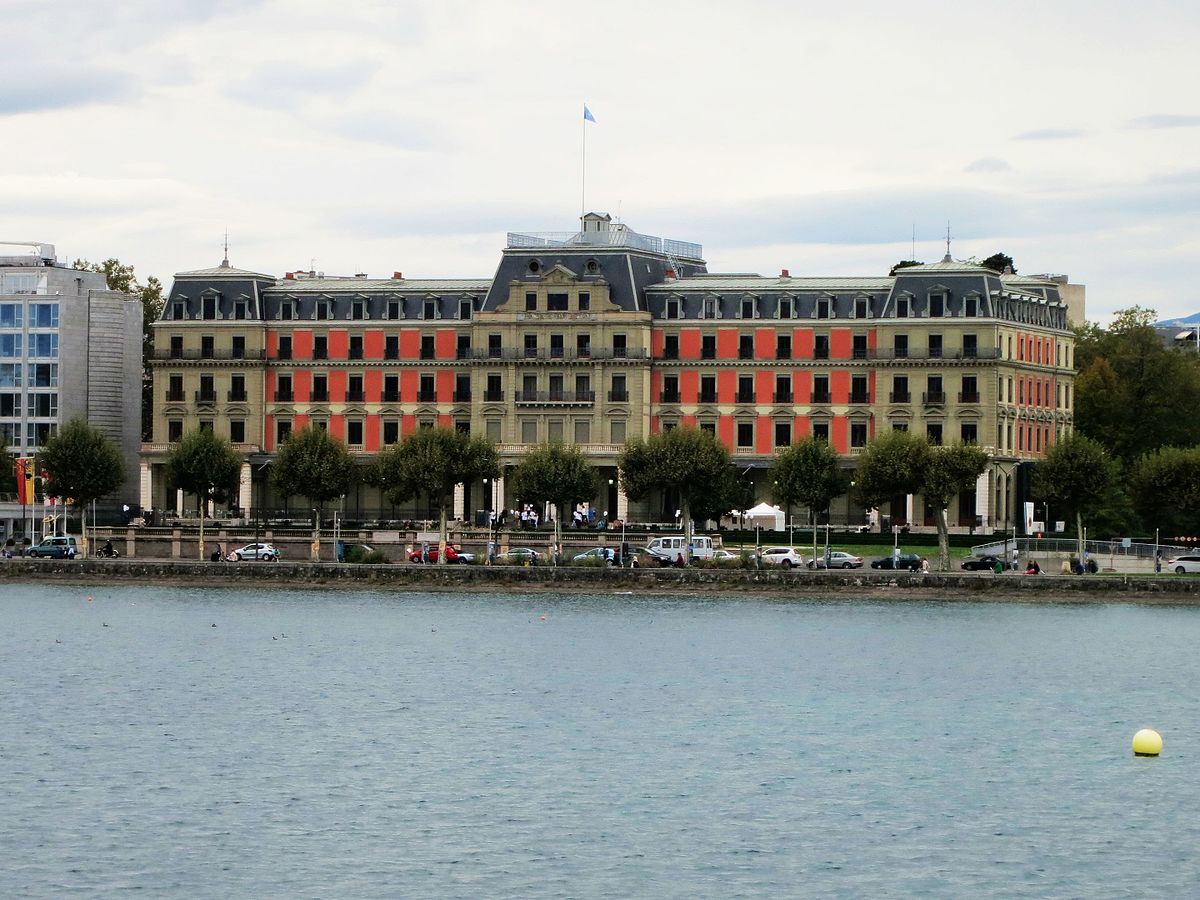December 02, 2020

On November 25, 2020, the UN Committee on Enforced Disappearances (CED) issued its Observations on the additional information submitted by Iraq under article 29 (4) of the Convention on Enforced Disappearances (ICPPED), ratified in 2010. Most notably, the UN experts urged the authorities to revise the draft law on enforced disappearances, which has yet to be adopted, investigate all cases of enforced disappearances, and put an end to the practice of secret detention. Ahead of the review, which took place in early October 2020, MENA Rights Group submitted a shadow report on Iraq's efforts to implement the Committee’s 2015 Concluding Observations.
Legal framework
In August 2017, the parliamentary committee on human rights began working on a draft Law on the Protection of Persons from Enforced Disappearance. On June 30, 2019, another version was introduced, that is currently pending before the Council of Representatives.
The UN Committee noted with concern that the bill does not include a reference to enforced disappearance as a potential crime against humanity, while noting that the Iraqi Supreme Criminal Court Law limits such qualification to enforced disappearances committed between 1968 and 2003.
Regarding the applicable sanctions prescribed in the draft, the Committee highlighted with concern that the “death penalty remains within the penalties applicable to crimes invoked to deal with enforced disappearances under the Iraqi Criminal Code and in the bill.”
In terms of criminal responsibility of superiors and due obedience, the CED welcomed the inclusion of criminal responsibility in the bill but remains concerned that the State party’s current legislation, and the draft bill, do not provide for the criminal responsibility of superiors as provided under article 6 (1) (b) of the ICPPED. Although Iraq is compelled to abandon the concept of due obedience, article 40 of the Penal Code still allows public officials or public servants who commit an enforced disappearance following an order from a superior, to use such order to justify their crime and escape accountability.
Finally, the Committee noted that the definition of “victim” in the existing national legislation and in the bill on enforced disappearances does not comply with article 24 of the Convention, which include “the disappeared person”, but also “any individual who has suffered harm as the direct result of an enforced disappearance.”
The continuous practice of enforced disappearance
Iraq remains the country with the highest number of enforced disappearances worldwide, with estimates ranging from between 250,000 and one million missing persons. The lack of precise numbers can be explained by the very nature of the crime but also by the lack of reliable data provided by the authorities. In that regard, the Committee recommended Iraq to “establish a consolidated nationwide database in which all cases of disappearance that have occurred in Iraq since 1968 are registered.”
The practice dates back to the late 1960s and peaked following the US-led invasion in 2003 and the fight against the Islamic State of Iraq and the Levant (ISIL). More recently, in the context of the 2019-20 Iraqi protests, security forces also resorted to forcibly disappearing peaceful protestors. Although many demonstrators have been released after being detained incommunicado for a few days – if not weeks – a number of them remain missing to date.
The Committee welcomed the project to establish a “division for combating enforced disappearance”. However, it expressed concern over the fact that it did not receive from the State party “clear information about the investigation, punishment and reparation of enforced disappearances committed after 2003, including during the demonstrations initiated in October 2019”.
Urgent action procedure
The authorities’ failure to investigate cases of enforced disappearances is exemplified by Iraq’s limited engagement with the Committee as part of the urgent action mechanism. The Committee found that “275 out of the 492 registered urgent actions remain unanswered despite reiterated reminders”. UN experts further highlighted that when the State party replies, it fails to provide information about the adopted strategies and steps taken by the competent authorities to search for the disappeared persons and investigate their disappearance.
Search for disappeared persons and return of remains
In 2006, Iraq enacted Law No. 5 On the Protection of Mass Graves “that resulted from crimes committed by the past regime.” The Committee welcomed the 2015 amendments, which included crimes committed after 2003, but regrets that the law does not cover crimes allegedly committed by State agents. It further deplored the “the limited technical, financial and human resources of the Mass Graves Directorate to ensure adequate storage and identification of remains”, as highlighted by the UN Special Rapporteur on extrajudicial, summary or arbitrary executions following her mission to Iraq in November 2017.
Next steps
Iraq is expected to submit, no later than November 25, 2021, specific, up-to-date information on the implementation of each of the recommendations contained in the CED’s Observations as well as additional information, with a particular focus on progress in the review, adoption and implementation of the legislation on enforced disappearances, and the issues of secret detention and reparation to victims.






